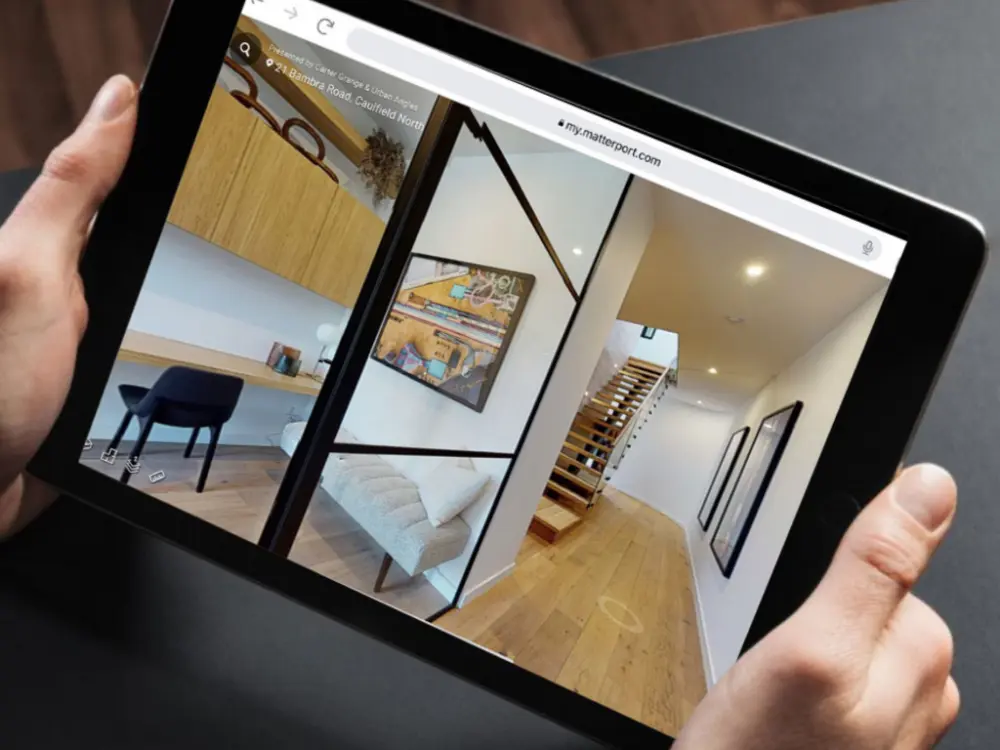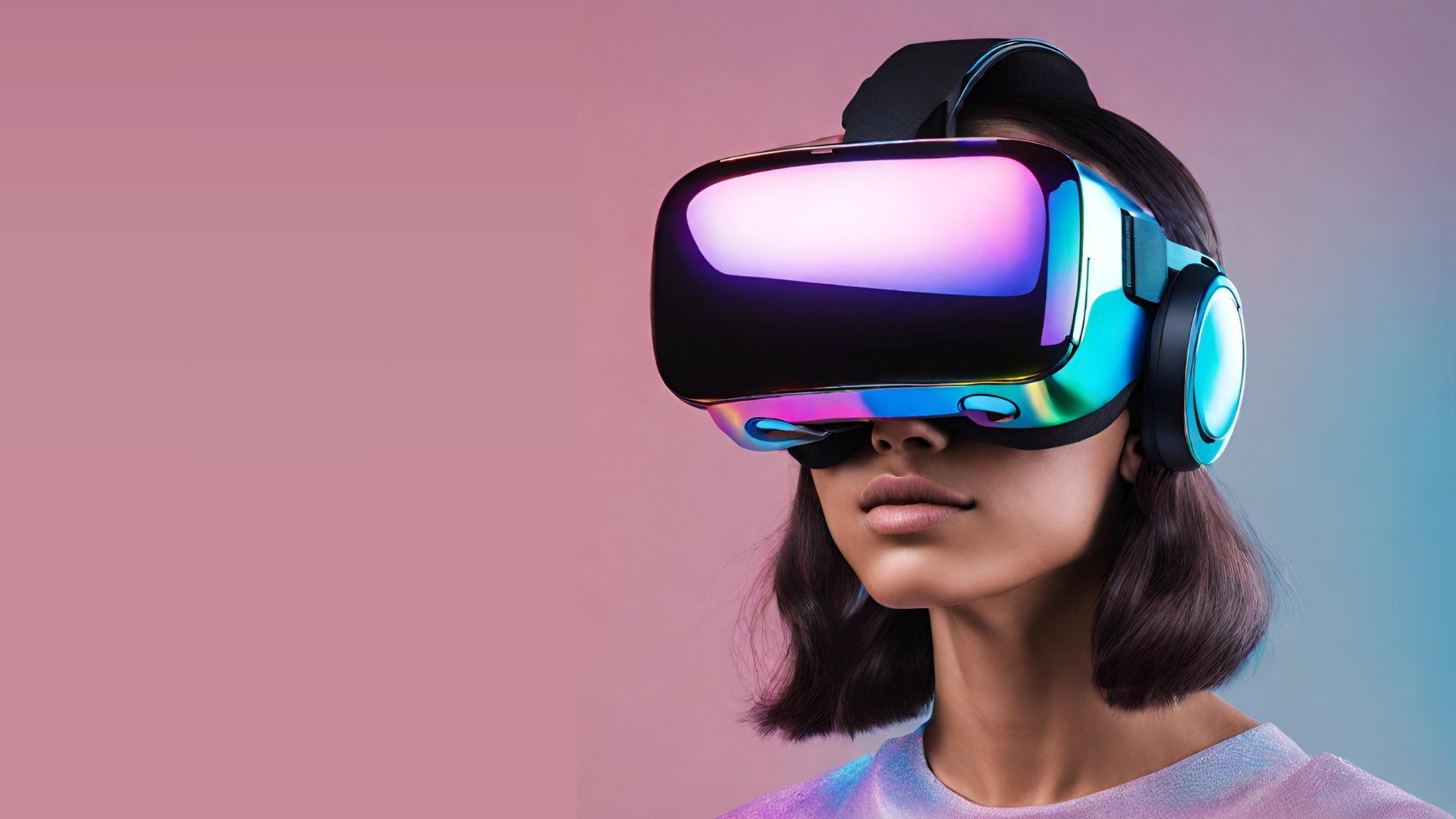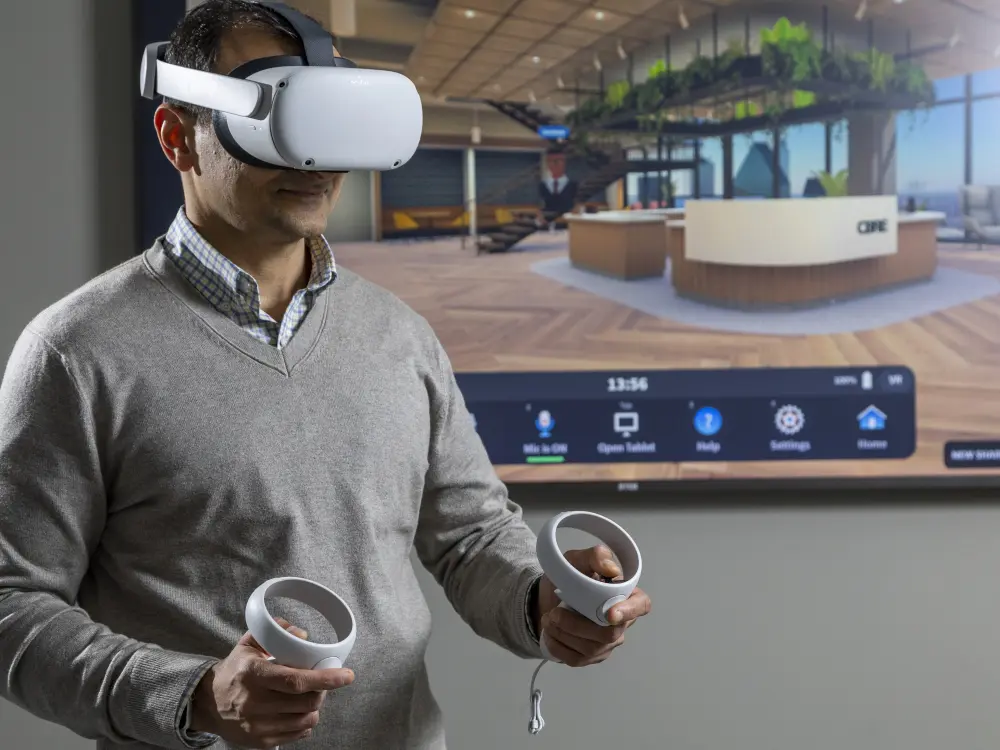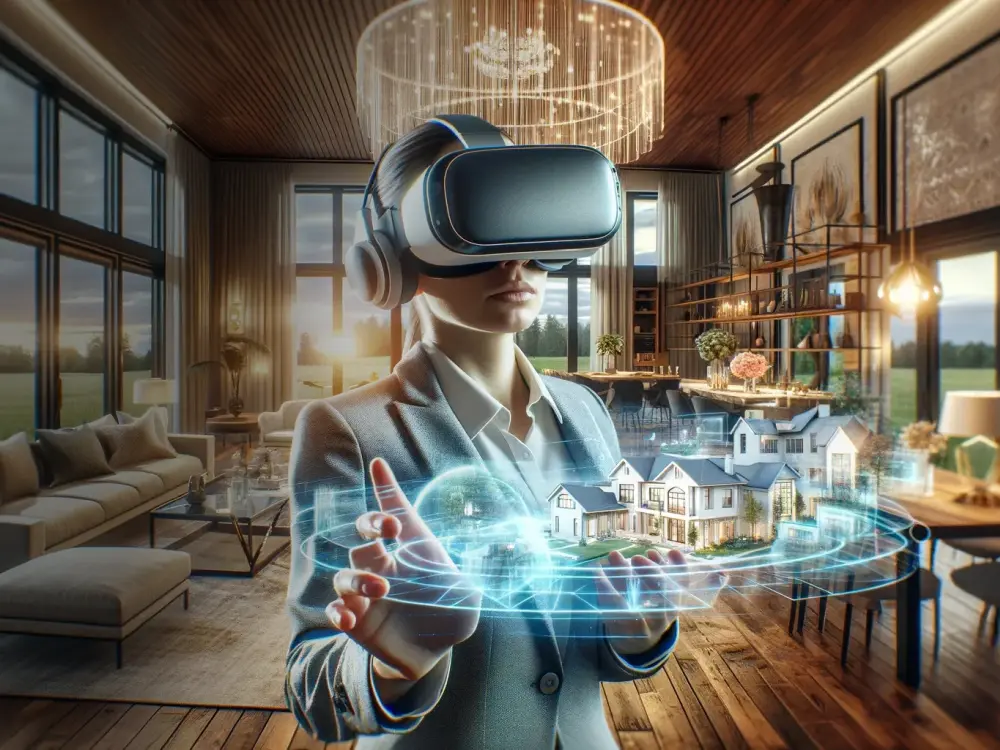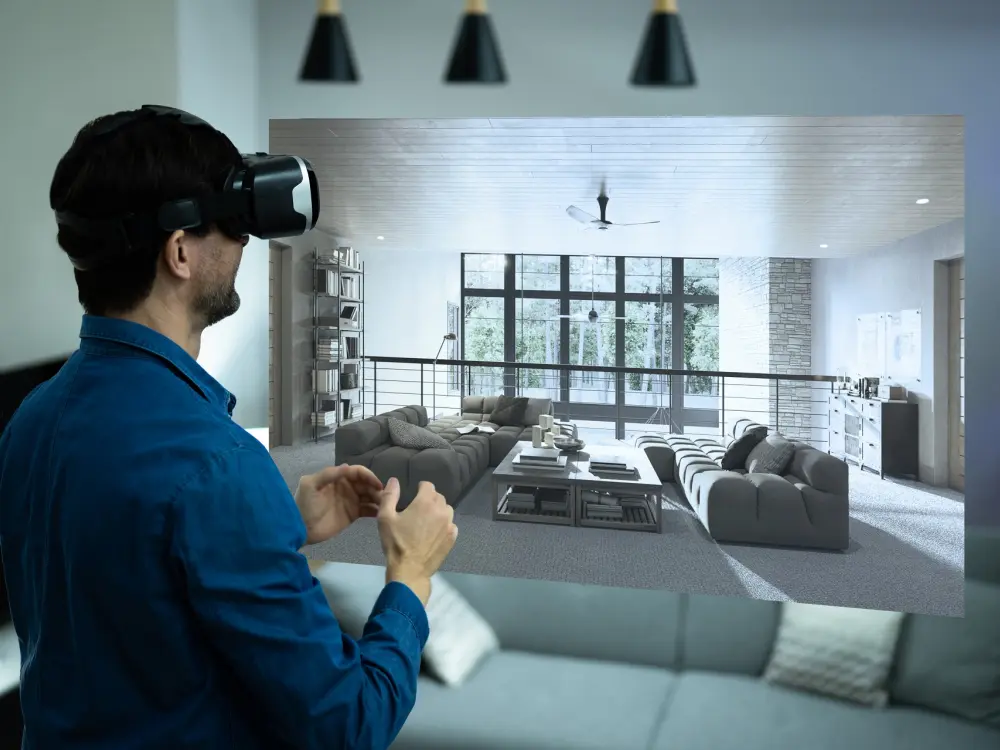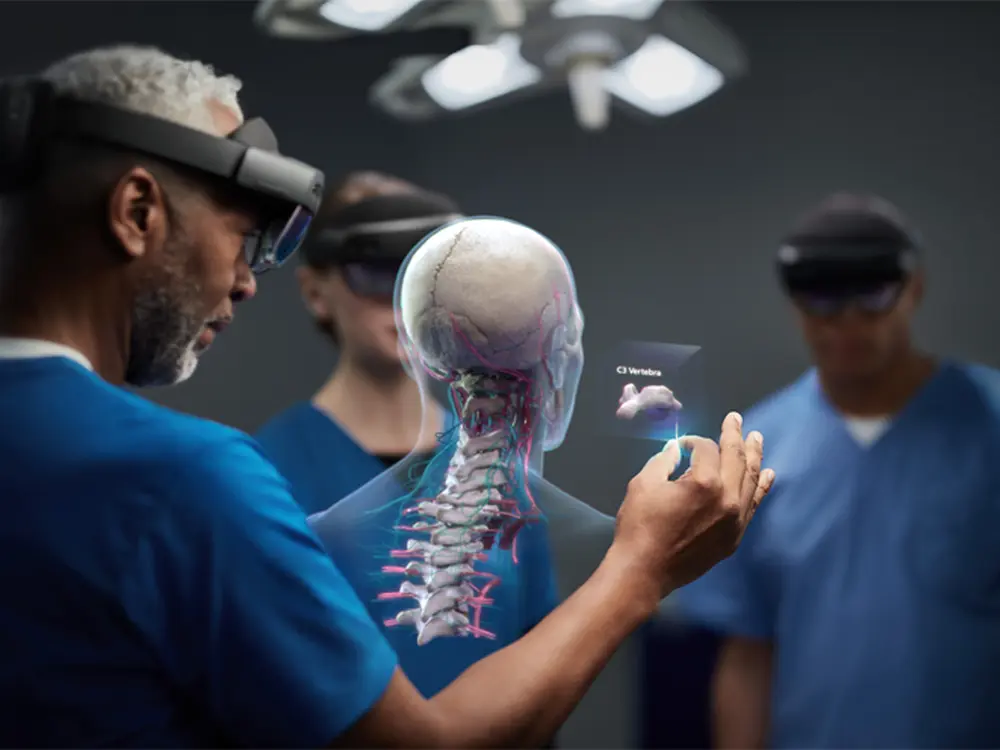In the ever-evolving landscape of technological innovation, 3D virtual technology stands as a beacon of progress, offering immersive experiences that transcend the limitations of traditional media. From virtual reality (VR) to augmented reality (AR) and mixed reality (MR), the realm of 3D virtual technology opens doors to limitless possibilities, revolutionizing industries, entertainment, and the way we perceive and interact with the world around us.
Unveiling the Power of Immersion
At the heart of 3D virtual technology lies the concept of immersion—a transformative experience that transports users to digital realms, blurring the lines between reality and imagination. Whether donning a VR headset to explore distant planets, interacting with lifelike simulations in medical training, or overlaying digital information onto the physical world with AR, immersion lies at the core of every 3D virtual experience.
Bridging Physical and Digital Realms
One of the most compelling aspects of 3D virtual technology is its ability to bridge the gap between physical and digital environments. Through advanced sensors, cameras, and spatial mapping techniques, users can seamlessly interact with virtual elements overlaid onto their surroundings. This fusion of the physical and digital worlds has profound implications across various sectors, from enhancing retail experiences with virtual try-on solutions to revolutionizing architectural design through immersive visualization.
Transforming Industries with Innovative Solutions
The impact of 3D virtual technology extends far beyond entertainment, permeating industries and reshaping traditional workflows. In manufacturing, VR-powered simulations facilitate design prototyping and assembly line optimization, reducing time-to-market and minimizing costs. Similarly, in healthcare, AR applications empower surgeons with real-time anatomical insights during complex procedures, leading to improved patient outcomes and enhanced training methodologies.
Redefining Entertainment and Media Consumption
The entertainment landscape has undergone a paradigm shift with the widespread adoption of 3D virtual technology. From interactive storytelling experiences in VR to location-based AR games that encourage exploration, content creators are leveraging immersive technologies to captivate audiences in unprecedented ways. Moreover, the emergence of virtual concerts, art galleries, and immersive theater productions heralds a new era of digital entertainment, where spectators become active participants in the narrative.
Empowering Collaboration and Communication
In an increasingly interconnected world, 3D virtual technology serves as a catalyst for collaboration and communication across geographical boundaries. Whether conducting virtual meetings in shared immersive environments or collaborating on design projects through virtual workspaces, remote teams can transcend physical limitations and foster creativity in ways previously thought impossible. This newfound ability to collaborate in virtual spaces not only enhances productivity but also promotes inclusivity by accommodating diverse work styles and preferences.
Navigating Ethical and Societal Implications
While the potential of 3D virtual technology is vast, it also raises important ethical and societal considerations that must be addressed. Issues surrounding data privacy, digital rights management, and the blurring of virtual and real identities necessitate thoughtful regulation and governance frameworks. Moreover, as virtual experiences become increasingly indistinguishable from reality, questions of authenticity, misinformation, and the potential for addiction require careful examination to ensure the responsible development and use of 3D virtual technology.
Looking Ahead: Towards a Digital Frontier
As we stand on the precipice of a digital frontier, the trajectory of 3D virtual technology is poised to reshape the fabric of society in profound ways. From unlocking new avenues for creativity and expression to revolutionizing how we learn, work, and play, the possibilities are as limitless as the imagination itself. However, with great innovation comes great responsibility, and it is imperative that we navigate this evolving landscape with foresight, empathy, and a commitment to harnessing technology for the betterment of humanity.
In conclusion, 3D virtual technology represents a transformative force that transcends boundaries, redefines experiences, and empowers individuals and communities to explore, create, and connect in ways previously unimaginable. As we embark on this journey into the digital unknown, let us embrace the promise of 3D virtual technology as a beacon of progress, guiding us towards a future where the lines between the physical and virtual worlds blur ever further, unlocking new realms of possibility and potential.

